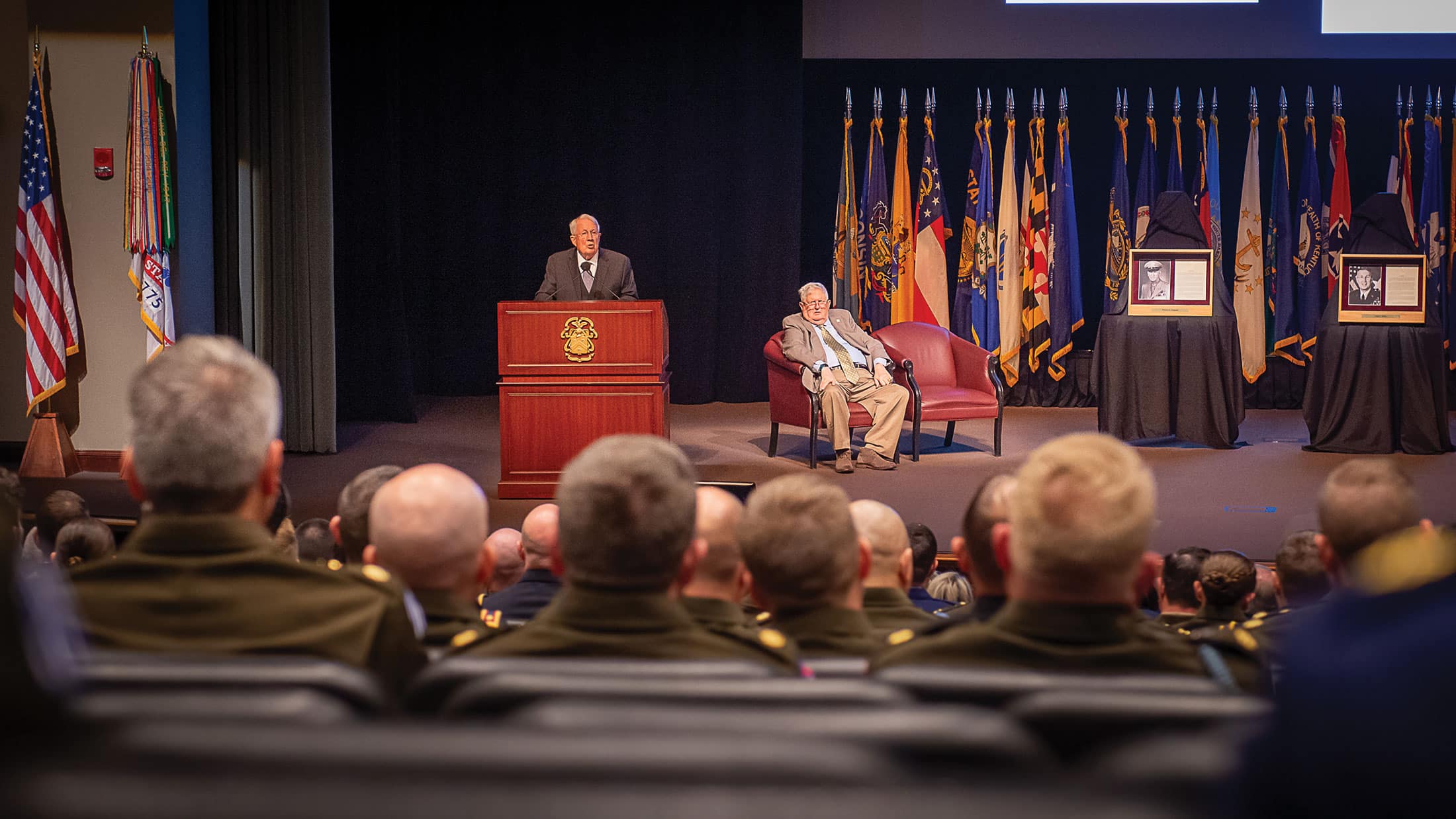
Lt. Gen. (Ret.) John E. Miller, speaks during his Fort Leavenworth Hall of Fame induction ceremony May 9, 2024, at the Lewis and Clark Center on Fort Leavenworth, Kansas. Retired Col. Thomas Stone, seated on the stage, represented the late Gen. William H. Simpson for his induction.
Two new shadow boxes featuring the latest Fort Leavenworth Hall of Fame inductees were unveiled May 9, 2024, during a ceremony at the Lewis and Clark Center on Fort Leavenworth.
Gen. (Ret.) William H. Simpson, a distinguished graduate of the Command and General Staff College in 1925, and Lt. Gen. (Ret.) John E. Miller, CGSC Class of 1973 and former CGSC Commandant, were the newest members inducted into the Hall of Fame.
The Fort Leavenworth Hall of Fame was stablished in 1969 to honor military and civilian leaders who have served at Fort Leavenworth and made significant contributions to the reputation, tradition and history of the post and the United States Armed Forces.
Lt. Gen. Milford H. Beagle, Jr., commanding general, U.S. Army Combined Arms Center, explained induction into the Fort Leavenworth Hall of Fame serves as a permanent reminder of each inductee’s leadership and dedication to the area and the Army.
“As we think about why we are here today, I believe you can’t find two greater Americans, Soldiers and leaders, who have shaped our Army, who have forged the methods that we currently use to teach our future leaders,” he said.
Beagle highlighted how Simpson’s extreme dedication and intelligence created the notable impact on today’s Army. Despite never graduating high school, Simpson graduated West Point cadet and was a distinguished graduate of the Command and General Staff College.
“General Simpson’s legacy would not be as a scholar, but as a warrior,” Beagle said.
Simpson’s military service comprises leadership on battlefields in the early 20th century and the World Wars. He served with the 6th Infantry Regiment in the Philippines from 1910-1912, and commanded two companies in the same regiment during the Mexican Punitive Expedition in 1916. During World War I, he served as the chief of staff of the 33rd Division and participated in the St. Mihiel and the Meuse-Argonne Campaigns.
Between the World Wars, Simpson graduated from CGSC, commanded 3rd Battalion, 12th Infantry, and served on the War Department’s general staff. He also graduated from the War College and served as a War College instructor. In August 1940, he assumed command of the 9th Infantry Regiment at Fort Sam Houston, but in October he was promoted to brigadier general and was assigned as the assistant division commander of 2nd Division. In 1941, he commanded the 35th Infantry Division, and in 1942, he commanded the 30th Infantry Division and XII Corps. In 1943 he commanded the 4th Army.
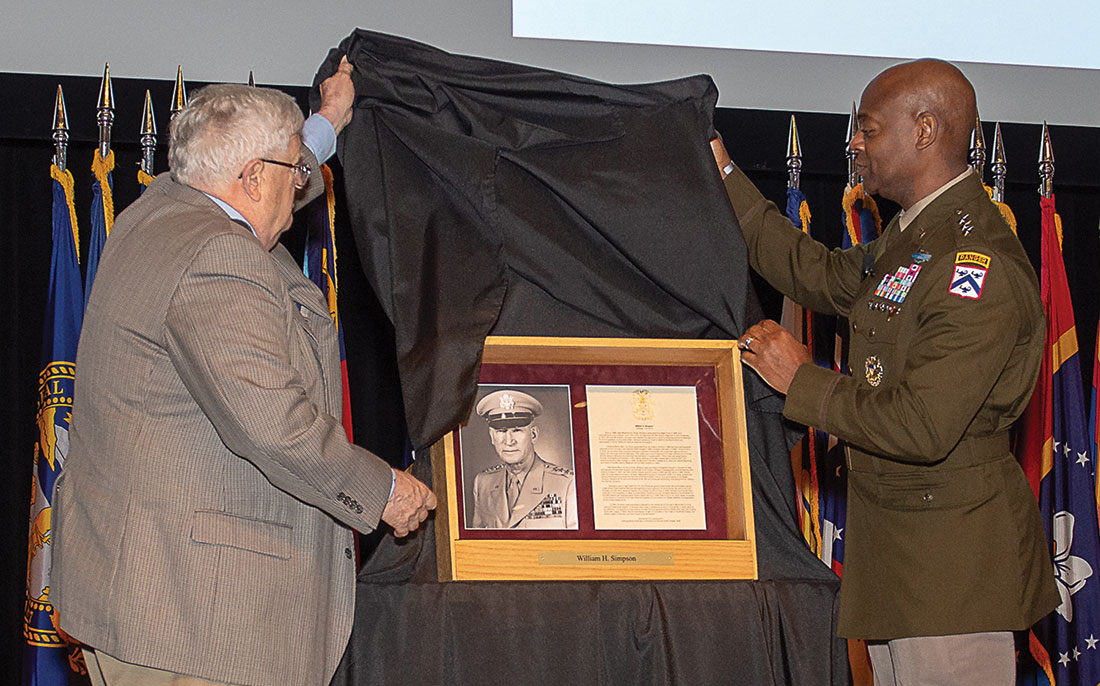
Col. (Ret.) Thomas Stone and CGSC Commandant Lt. Gen. Milford H. Beagle, Jr., unveil the shadow box for Gen. William H. Simpson that will be added to Fort Leavenworth Hall of Fame gallery during his induction ceremony May 9, 2024, at the Lewis and Clark Center, Fort Leavenworth, Kansas.
Simpson deployed to Europe shortly after the cross-channel invasion in 1944, in command of 9th U.S. Army as a lieutenant general, isolating the Brittany Peninsula and forcing the German surrender at Brest, France. He also participated in the Battle of the Bulge in December 1944 and the expedition to reach the Elbe River in early 1945. After the war in 1945, he commanded the 2nd U.S. Army, worked in the Office of the Chief of Staff of the Army and served as president of the War Department Reorganization Board before retiring in 1946. In 1954, he was promoted to general on the retired list for his role in World War II.
Simpson continued service after retiring from his decorated military career by playing a major role in the establishment of the Santa Rosa Children’s Hospital and serving as the chairman of the Association of the United States Army Alamo Chapter in San Antonio, Texas.
Simpson died in August 1980, but he and his family were represented during the hall of fame ceremony by retired Col. Thomas Stone, an officer to whom Simpson would become a mentor and friend.
As a young major just returning home from a tour in Vietnam and attending graduate school in mid-1969, Simpson said he wrote a letter to Stone and many other officers asking for assistance on his thesis project. Much to his surprise, he not only received a response from Simpson, but also got 18 pages of details of battle knowledge, opening a door to information for Stone that Simpson had previously refused to all others.
“This agreement frankly changed my life, as I began to learn about command and so many other things at the feet of the master,” Stone said.
He detailed how Simpson’s stories of leadership influenced how he would advise leaders and lead his own units.
Simpson, an honor graduate of the CGSC Class of 1925, was once quoted to have said, “Every once in awhile, you go down there and see some guy, a division commander, who looks like a genius, and you figure, hell, we’ve got another Napoleon. Then when you come to examine him more carefully you find out that all he’s doing is following the rules that they laid down in Leavenworth.”
Like his fellow inductee, Lt. Gen. John E. Miller was also a CGSC student, graduating with the CGSC Class of 1973.
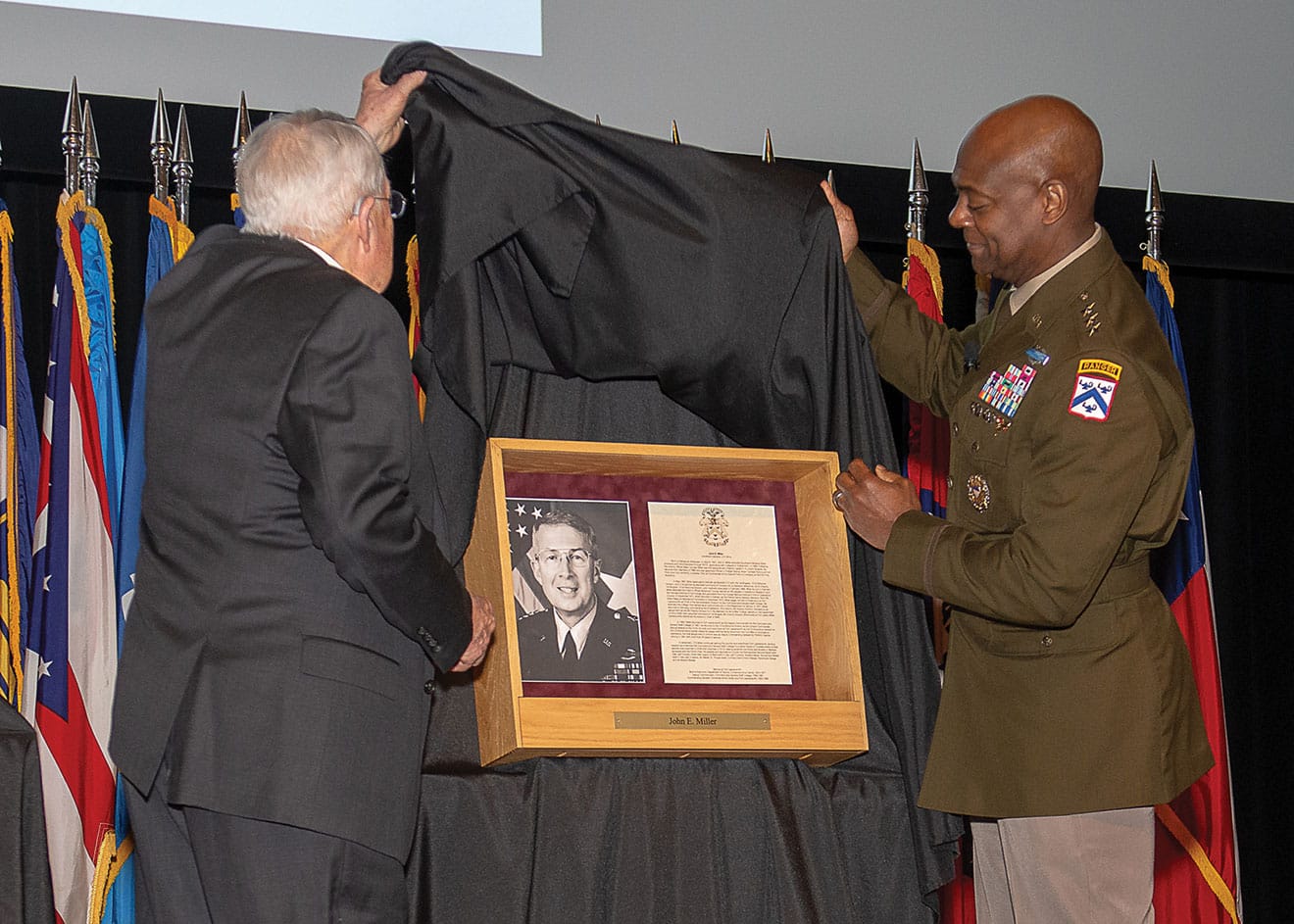
Lt. Gen. (Ret.) John E. Miller and CGSC Commandant Lt. Gen. Milford H. Beagle, Jr., unveil Miller’s shadow box that will be added to Fort Leavenworth Hall of Fame gallery during his induction ceremony May 9, 2024, at the Lewis and Clark Center, Fort Leavenworth, Kansas.
Miller’s service at Fort Leavenworth included three tours, first in 1972 as chief of the Administration Division for CGSC, then subsequently as a student, graduating in 1973, after which he became an author and instructor in the CGSC Department of Tactics. From 1989-1991, his second tour at Fort Leavenworth, Miller served as the CGSC deputy commandant. His third tour from 1993-1995, he served as CGSC commandant and commander of the Combined Arms Center and Fort Leavenworth, where he helped shift the Army focus from the Cold War to contingency operations.
“There is a lot of common ground between our two inductees today,” Beagle said. “Both are proven leaders and warriors. Both led Soldiers through periods of great transition. And both men continue to serve and make a huge impact on our Army even after their time in uniform came to an end.”
Beagle reflected on Miller’s impact on his career and personal life in the short 18 months they have known each other.
An infantry officer, Miller spent most of his active military career commanding line units, developing new war fighting concepts and in teaching, training and leading soldiers and officers in a variety of assignments in field commands in Europe, the United States and the Republic of Vietnam, on the Army Staff and in the U.S. Army’s Training and Doctrine Command (TRADOC). He served as deputy commanding general, TRADOC, from July 1995 – August 1997, his final assignment before retiring with more than 34 years of service.
Earlier key assignments include command of the 101st Airborne Division (Air Assault) and Fort Campbell; Assistant Division Commander (Maneuver), 8th Infantry Division, Germany; Assistant Deputy Chief of Staff for Combat Developments, U.S. Army Training and Doctrine Command, Fort Monroe, Virginia; Commander, 1st Brigade, and Chief of Staff, 9th Infantry Division (Motorized), Fort Lewis, Washington where the Army’s experimentation with the Motorized Division concept was done. Prior to brigade command, he was the commander of 2nd Battalion, 22nd Infantry, 4th Infantry Division in Germany.
Miller served two tours in Vietnam: the first as a Commander, Company B, 2d Battalion (Airborne), 327th Infantry, 1st Brigade, 101st Airborne Division; and the second as the District Senior Advisor, Advisory Team 68, Delta Regional Assistance Command, Tam Binh District, Vinh Long Province, Republic of Vietnam.

Lt. Gen. (Ret.) John E. Miller, speaks during his Fort Leavenworth Hall of Fame induction ceremony May 9, 2024, at the Lewis and Clark Center on Fort Leavenworth, Kansas.
Miller is also Chair Emeritus of the CGSC Foundation, having served as the chairman from 2014-2017, during which time he was instrumental in establishing the Foundation’s Ethics symposia and the position of Distinguished Visiting Professor in Ethics at CGSC. He also served as vice chair from 2009-2014, and was a founding trustee of the Foundation beginning in 2007. He remains active in the Foundation’s mission of support to the College today.
“This is truly is an honor of a lifetime for me,” Miller said. “Being hung along the wall amongst all of my mentors. I’m overwhelmed…There must be a dozen or more people out there on that wall that own a piece of my success and my military career.”
Miller highlighted his career, explaining how his time at CGSC, first as a student then an instructor, changed his outlook on the Army.
“I still wanted to get back to troops, but I looked more deeply at our profession; what a professional leader should be,” he said. “Much of that change was brought about by the personal and professional friendships I developed with instructors and classmates.”
Those relationships included sponsoring several international students, one of which has been inducted into the CGSC International Hall of Fame.
Miller recalled when Gen. Creighton Abrahms spoke to his class, telling them their motivation for continued service should be fueled not by the prospect of rapid promotion to general officer, but by gaining personal and professional satisfaction from leading and training our Soldiers.
The words helped shape and encourage Miller’s career, which included helping shape the Army’s way to fight during a time of constant battlefield changes.
“Change is a constant in our profession. School solutions that you are learning today are not the ones you will actually use in the field,” Miller advised the current CGSC students. “But the critical thinking methods to develop the school solutions are what you will use time and time again.”
Simpson and Miller join the more than 120 individuals currently in the Fort Leavenworth Hall of Fame in the Arter Atrium of the Lewis and Clark Center.
View video of the full ceremony on the CGSC Facebook page
For more photos see the CGSC Flickr album
Note: This article was edited from the original published April 10, 2024, by Sarah Hauck, ArmyU Public Affairs
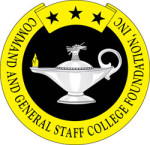
Simply enter your email address below and click the subscribe button...
We 100% respect your privacy





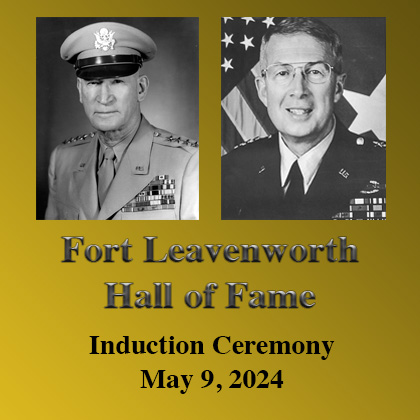
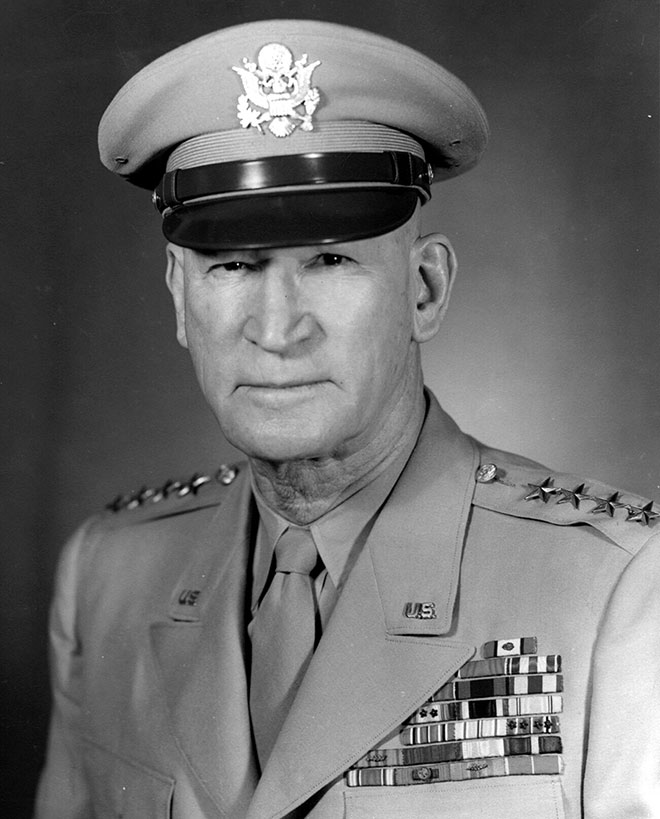
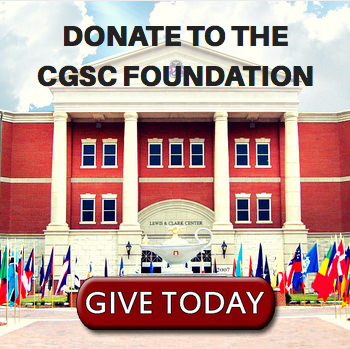






Leave a Reply